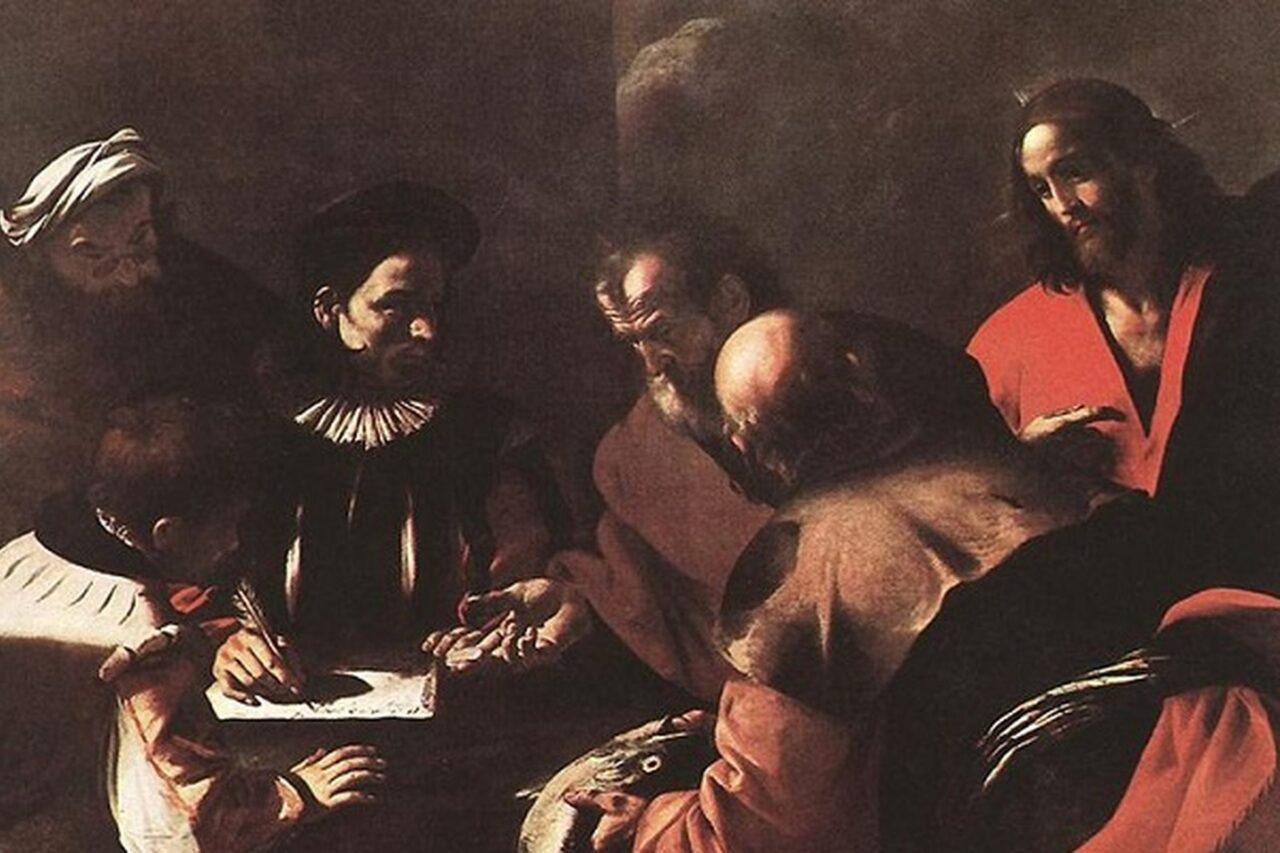Given my staple here as a writer who submits to and defends the authority of the Catholic Church, I am taking a bit of a step back in these four articles where I will explore some random theological ideas. The articles are based on a paper I wrote in University in which I hope to take what good has come from Midrashic texts and blend it with Christianity. In my first article I explained what Midrash is and how Christian Midrash can exist. In my second I went into what I see to be a form of Christian Midrash, The Dolorous Passion of Our Lord, by Anne Catherine Emmerich. Now I will address how Midrash can function as theology, and how that can be used by the Church today. In my final article I will discuss the limitations of using Midrash.
For the reconciliation of Christianity and Midrash, there exists few corrective mechanisms to inhibit one who brings sacred verses together from doing so in an unholy fashion. The anti-Semitism of Emmerich’s writing reflects a dialogue with the thoughts and conceptions of her own community and time, but not all ideas are of equal merit. Throughout Christian history there has existed the notion, with greater or lesser popularity depending on the time and place, that rabbinic Judaism is not only wrong but is a path directly away from God. As we break down Emmerich’s anti-Semitism, her views will also serve as an example for how Midrash becomes theology through predication. Emmerich recounts the moment after the crowd takes ownership of Jesus’s blood and how the Jewish Priests went to the Temple, Christ went to his death, and Pilot returned to his palace. Emmerich writes, “thus were the two paths formed – the one leading to the altar belonging to the Jewish law, the other leading to the Altar of Grace: Pilot, that proud and irresolute pagan, that slave of the world… took a middle path and returned to his palace.” This passage, though it points to anti-Semitic theology, demonstrates how Midrash can become theology. The passage takes the verses in which the Jewish crowd shouts “his [Christ’s] blood be upon us and upon our children” and continues the story to tell us where individuals in that crowd went after Christ was condemned to death. Emmerich combines these verses with an anti-Semitic culture from which she comes to demonstrate how the crowd stands in the place of modern Rabbinic Judaism and how the Jewish path is the path exactly opposing that of Christ, worse than the path of the “proud and irresolute pagan.” While this justification for anti-Semitic beliefs is flawed at best, it demonstrates the path Midrash takes towards becoming theology. The text is not meant to be passively read and these various combinations of verses bring us to meaningful conclusions, conclusions that impact the beliefs of adherents.
One can see Emmerich’s theological flow from the passages presented earlier on the words of the centurion, the Passover lamb, and various conversions Emmerich records. When Emmerich choose in her ‘Midrash’ to have the centurion say that Christ was truly the son of God, as in Matthew, she intentionally focuses on God’s greatness over Jesus’s innocence, as presented by the centurion’s comment in Luke. When Emmerich records the conversions of various soldiers, priests, and commoners throughout the passion and death of Christ, she conveys an important message: Christianity, as demonstrated through Christ himself, should seek and rejoice in conversions of others. These both present how theology results from Emmerich’s Midrash.
Perhaps the most serious aspect of Midrashic theology that comes out of Emmerich’s work concerns the Eucharistic analogies to the Passover supper and Christ as the Pascal sacrifice. All of these conclusions are such common motifs of Catholic theology, that it often becomes easy to skip over the way in which Midrash made such conclusions possible by bringing broken texts that were not written together into conversation with one another. The present-day implications of this theology is evident in Mel Gibson’s movie The Passion, which takes Emmerich’s work and scripture to create a Midrash of its own on film. If we return to our previous definition of Midrash as the process of (an) author(s) attempting to bring together aspects of a sacred text through predication that results in determinable theological claims, we can see that the Dolorous Passion is Midrash in that it is the process Emmerich uses to bring together biblical text, as well as Catholic tradition, through predication of Jesus’s death that results in determinable theological claims.


Leave a Reply